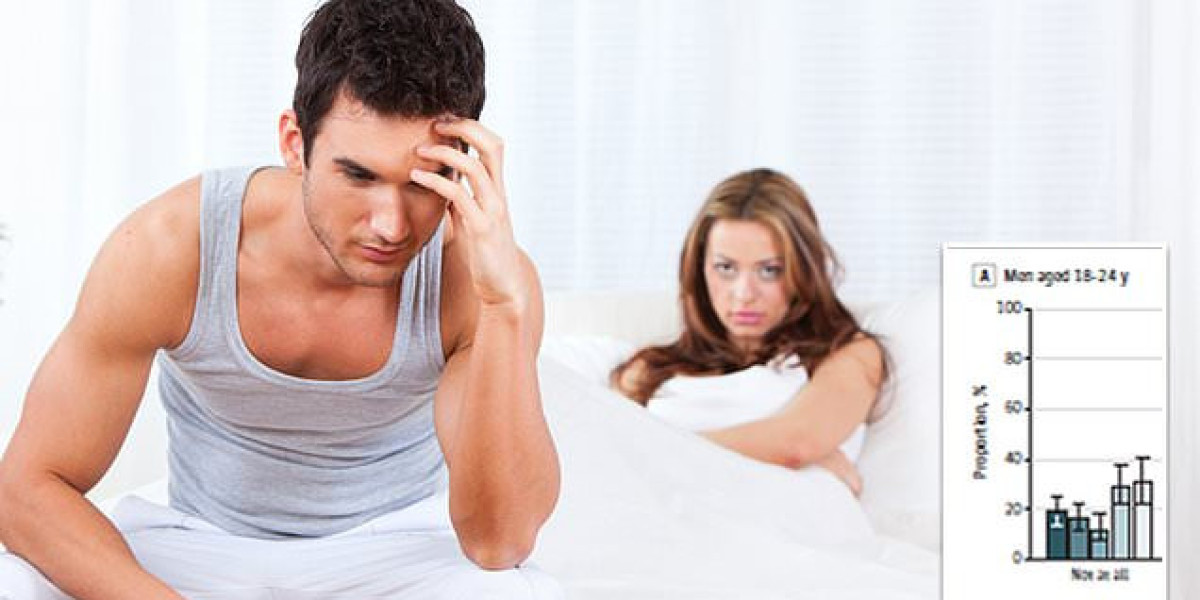Sexual activity, an essential part of human life, encompasses a range of experiences that contribute to emotional and physical well-being. Whether in a romantic relationship or a personal experience, sexual activity can enhance intimacy, connection, and overall health. Understanding the four stages of sexual activity can help individuals navigate and appreciate the multifaceted nature of sexual interactions. These stages describe the biological and emotional processes that occur during sexual activity, starting from arousal and leading to resolution.
The Four Stages of Sexual Activity
The four stages of sexual activity are typically broken down as follows:
- Excitement (Arousal)
- Plateau
- Orgasm
- Resolution
Let’s delve deeper into each of these stages, their physiological and emotional components, and how they are influenced by factors like sexual health and medication.
1. Excitement (Arousal)
The first stage of sexual activity is the excitement phase, which is also known as arousal. This stage is marked by the initial physical and emotional responses to sexual stimuli. The excitement phase begins with sexual attraction, where an individual becomes aware of a desire for sexual activity. This can be triggered by a variety of stimuli, including physical touch, emotional connection, visual stimuli, or even thoughts about sex.
Physiological Changes During Excitement:
Increased Blood Flow: One of the first signs of sexual excitement is the increased blood flow to the genitals. For men, this results in an erection, where the penis becomes engorged with blood. For women, increased blood flow causes the clitoris and vaginal area to swell, and the vaginal walls become lubricated in preparation for penetration.
Heart Rate and Breathing: As arousal increases, heart rate and breathing rate tend to rise. This heightened physiological activity prepares the body for sexual intercourse.
Hormonal Changes: The excitement stage also triggers the release of various hormones such as adrenaline and oxytocin. These hormones play a key role in regulating mood and enhancing sexual pleasure.
2. Plateau
The plateau phase follows the excitement stage and is characterized by heightened sexual tension. This stage involves maintaining a high level of arousal just before reaching orgasm. Both the physical and emotional intensity of the plateau phase can be quite significant, as individuals may experience a sense of anticipation or pressure building up within their bodies.
Physiological Changes During Plateau:
Further Blood Flow: As arousal intensifies, blood flow to the genitals and erogenous zones increases even more. This results in a more intense erection for men and further swelling and lubrication for women. Both partners may also experience increased sensitivity in their genital areas.
Muscle Tension: During the plateau phase, muscle tension begins to build, particularly in the pelvic area. The muscles that control the genitals begin to prepare for orgasm, and this tension may become palpable in the body.
Increased Heart Rate and Breathing: The heart rate continues to rise, and breathing becomes more rapid and shallow. This helps fuel the body’s preparation for orgasm.
Emotional Responses: On an emotional level, the plateau phase is characterized by heightened sexual desire, anticipation, and often increased intimacy between partners. Emotional closeness and connection can intensify feelings of arousal, making this phase one of the most thrilling parts of sexual activity.
3. Orgasm
The orgasm phase is often the most intense and pleasurable part of sexual activity. It is characterized by a series of rhythmic muscle contractions and an overwhelming release of sexual tension. Orgasm occurs when the body reaches its peak of pleasure, releasing both physical and emotional energy.
Physiological Changes During Orgasm:
Rhythmic Contractions: During orgasm, both men and women experience rhythmic contractions in their pelvic muscles. For men, this leads to the release of semen, while for women, the muscles around the vaginal area contract, and the uterus may also contract in a rhythmic pattern.
Release of Hormones: Orgasm triggers the release of several key hormones, including oxytocin (the “love hormone”) and prolactin. Oxytocin promotes feelings of bonding, intimacy, and relaxation, while prolactin is responsible for post-orgasmic feelings of satisfaction and contentment.
Euphoria and Pleasure: Orgasm is often associated with intense pleasure and emotional release. For many individuals, this is the culmination of sexual activity and represents a peak moment of joy and satisfaction.
4. Resolution
The final phase of sexual activity is the resolution stage, which occurs after orgasm. This phase is marked by the body returning to its normal state, and the intensity of sexual arousal subsides. During this phase, the body undergoes several changes as it relaxes and recovers from the sexual experience.
Physiological Changes During Resolution:
Return to Baseline State: After orgasm, the body gradually returns to its pre-arousal state. For men, this includes the penis returning to its flaccid state as blood flow decreases. For women, the swelling of the genitals and increased lubrication also subsides.
Lowered Heart Rate and Blood Pressure: Both heart rate and blood pressure decrease, returning to normal levels. The body enters a state of relaxation after the heightened physical exertion of sexual activity.
Emotional Reassurance and Relaxation: On an emotional level, the resolution phase can be a time of closeness and intimacy between partners. After orgasm, individuals may experience a sense of emotional fulfillment, warmth, and contentment. This phase often fosters bonding between partners, which is key to maintaining healthy relationships.
Importance of Recovery and Rest:
It’s important to note that the resolution phase involves recovery and relaxation, both physically and emotionally. Rest after sexual activity helps the body recuperate, particularly after intense physical exertion. Individuals should ensure that they are well-rested and allow themselves time to recover before engaging in sexual activity again.
Medications for Enhancing the Stages of Sexual Activity
Medications like Kamagra Oral Jelly, Super Kamagra Tablets, Actilis 20 Mg, and Lovento 100mg Tablets can significantly improve sexual function and satisfaction during each of the four stages of sexual activity.
Kamagra Oral Jelly: Kamagra Oral Jelly, containing sildenafil citrate, works by increasing blood flow to the penis, helping men achieve and maintain an erection during the excitement and plateau phases. It helps those struggling with erectile dysfunction, making it easier to enjoy the physical aspects of sexual activity.
Super Kamagra Tablets: Super Kamagra Tablets combines sildenafil citrate and dapoxetine. The sildenafil helps with erectile function, while dapoxetine delays ejaculation, allowing individuals to enjoy a longer plateau phase and experience a more satisfying orgasm.
Actilis 20 Mg: Actilis 20 Mg is another erectile dysfunction medication that increases blood flow to the penis, helping men maintain an erection during the excitement and plateau stages. It is effective for individuals who have difficulty achieving or maintaining an erection.
Lovento 100mg Tablets: Lovento 100 Mg tablets is designed to enhance libido and sexual desire, helping individuals who struggle with low sexual desire. This can enhance the excitement phase and increase the likelihood of reaching orgasm.








